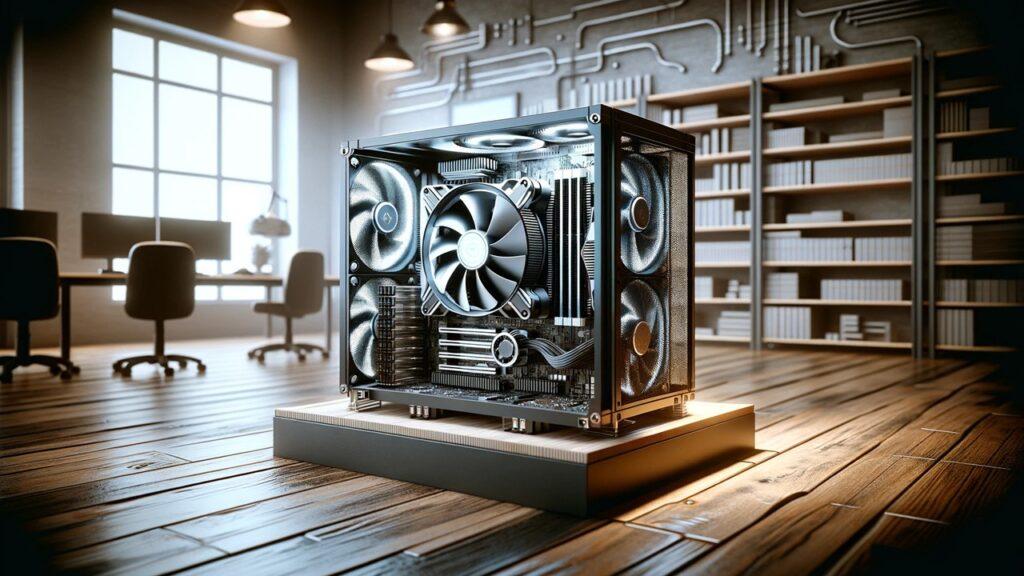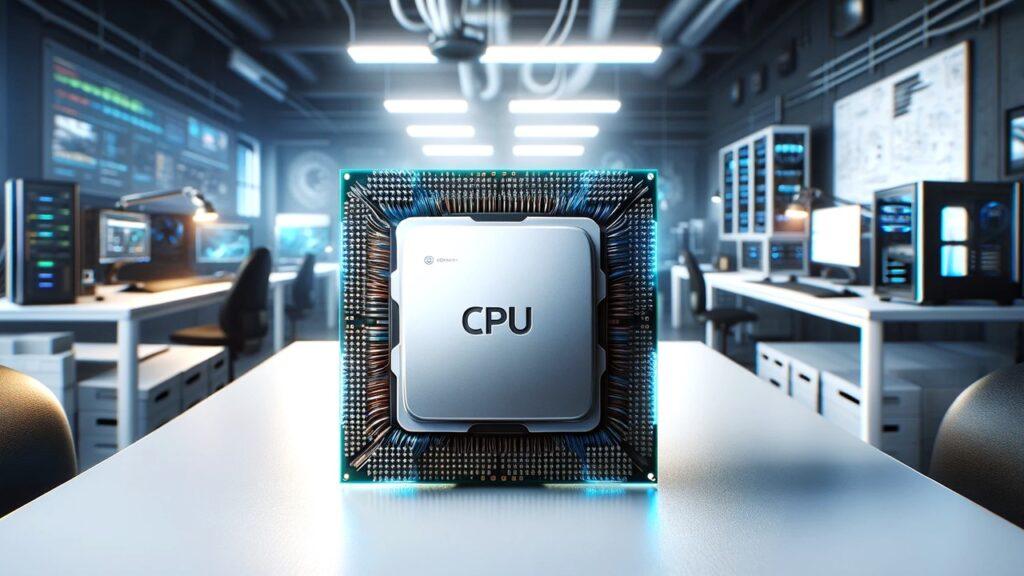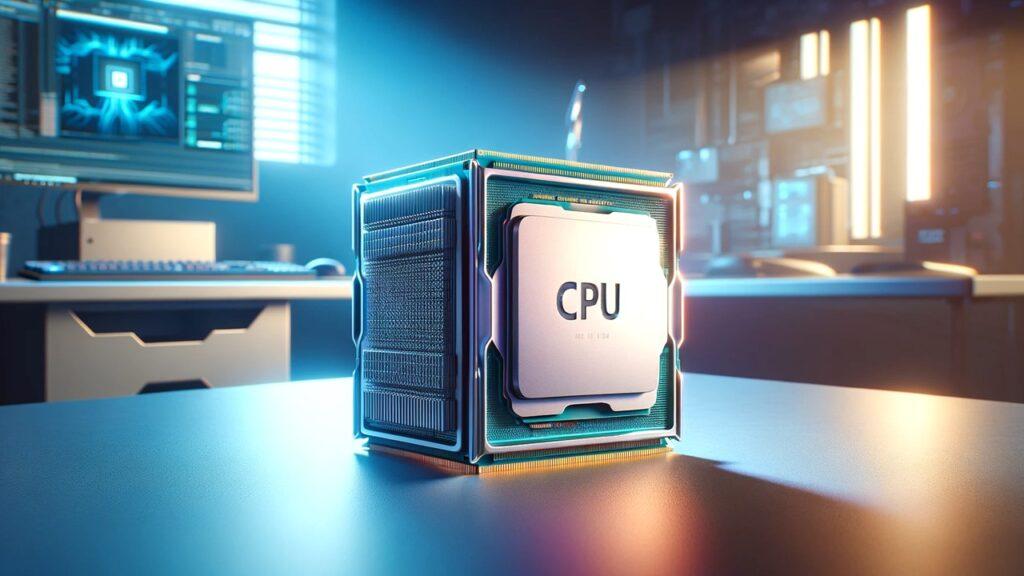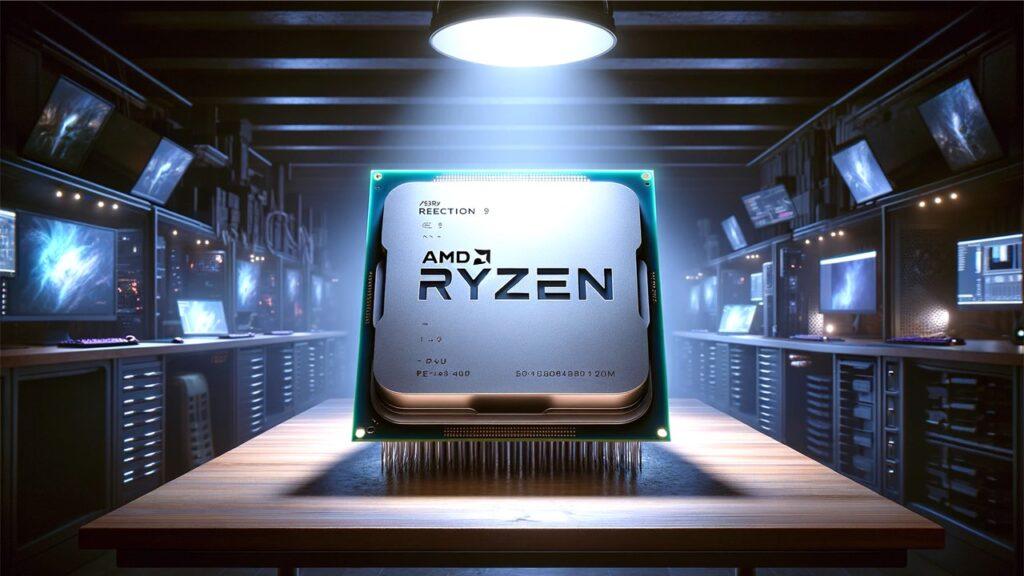
When choosing a processor for your computer, understanding the differences between single core and multi core processors is crucial. Single core processors, the pioneers of computing, handle tasks one at a time. In contrast, multi core processors, the modern successors, can manage multiple tasks simultaneously, making them more efficient for today’s demanding applications. Each type of processor has its unique advantages. Single core processors are simpler and consume less power, ideal for basic tasks and older systems. Multi core processors, however, offer superior performance and are essential for multitasking, gaming, and professional applications. Knowing the differences between single core and multi core processors helps you make informed decisions about your computing needs, ensuring you choose the right processor for optimal performance and efficiency. You can check the best Intel Core CPUs and best Ryzen CPUs list, we have written a very detailed and honest guide.
What are Single Core Processors?
A single core processor is essentially the earliest form of processor technology. Imagine it as a diligent worker handling one task at a time with precision. These processors dominated the early era of computing when tasks were simpler and less demanding. Their architecture is straightforward—one core manages one task, moving on to the next only when the current one is complete. This simplicity, while efficient in less complex environments, limits performance in multitasking scenarios.
In today’s context, single core processors are largely considered outdated. They are, however, still used in specific scenarios where simplicity and low power consumption are prioritized. Think of older computers, basic embedded systems, or devices performing singular, repetitive tasks. The primary advantage of single core processors is their low power consumption, generating less heat and using less energy. However, the downside is their inability to handle multiple tasks simultaneously, leading to slower performance in modern, multitasking environments.
What are Multi Core Processors?
Multi core processors represent the evolution of processor technology. Think of them as a team of workers, each capable of handling different tasks at the same time. This architectural advancement came about to meet the increasing demands for speed and efficiency in computing. A multi core processor integrates two or more independent cores into a single package, allowing it to execute multiple instructions concurrently.
This capability significantly boosts performance, particularly in applications designed to leverage parallel processing. Tasks like video editing, 3D rendering, and complex computations see substantial improvements with multi core processors. Furthermore, multi core processors handle modern operating systems and software more efficiently, as these are designed to distribute tasks across multiple cores. They also manage power and heat better, distributing the workload and reducing the strain on any single core. In essence, multi core processors are the backbone of today’s high-performance CPUs for overclocking, offering speed, efficiency, and the ability to handle complex, multitasking environments.
Why Multi Core Processors Are Common Today
The shift from single core to multi core processors reflects the growing demands of modern computing. As technology advanced, the need for faster, more efficient processing became apparent. Multi core processors emerged as the solution, providing the capability to handle multiple tasks simultaneously, thereby improving overall performance and efficiency.
Moreover, today’s applications are far more complex than those of the past. Software development, gaming, multimedia creation, and data analysis all require significant processing power, which multi core processors can provide. The ability to run multiple applications smoothly without a performance hit has made multi core processors the standard in both consumer and professional devices.
Additionally, the development of multi core technology has made these processors more accessible and affordable. This democratization of high-performance computing allows everyday users to benefit from the advanced capabilities that were once reserved for high-end, professional equipment. As a result, multi core processors have become ubiquitous in the modern tech landscape, driving the shift from single core processors and setting new standards for computing performance.
How Single Core and Multi Core Processors Work
Understanding how single core and multi core processors work involves looking at their fundamental operational differences.
Single Core Processor Functionality
A single core processor operates by executing one task at a time. This sequential execution means it completes one instruction before moving on to the next. While this method is straightforward and efficient for simple tasks, it becomes a bottleneck in scenarios requiring simultaneous task execution. The single core’s performance is limited by its inability to divide and conquer, resulting in slower performance in multitasking environments. This limitation is particularly evident when running modern applications that demand higher processing power and the ability to handle multiple threads concurrently.
Multi Core Processor Functionality
Multi core processors, on the other hand, are designed to handle multiple tasks simultaneously. Each core within a multi core processor can execute its own instructions independently, allowing for parallel processing. This architecture significantly boosts performance, especially in multi-threaded applications where tasks can be divided among the cores.
Additionally, multi core processors distribute power and heat more effectively, as the workload is shared across several cores, reducing the strain on any single core. This not only enhances PC performance but also improves energy efficiency and thermal management, making multi core processors ideal for both high-performance and everyday computing tasks.
Which Applications Benefit from Multi Core Processors?
Multi core processors excel in various applications, providing significant performance boosts across different fields.
Everyday Computing
For everyday computing tasks, multi core processors ensure smooth multitasking. Activities like browsing the web, streaming videos, and running office applications simultaneously benefit from the enhanced performance of multi core processors. The ability to handle multiple tasks without slowing down makes these processors ideal for general use, offering a seamless and efficient computing experience.
Professional and Creative Work
In professional and creative work, multi core processors are indispensable. Tasks such as video editing, graphic design, and software development require substantial processing power. Multi core processors can handle these demanding applications with ease, enabling faster rendering, smoother workflows, and more efficient data processing. Scientific simulations and data analysis, which involve complex computations and large datasets, also benefit from the parallel processing capabilities of multi core processors.
Gaming and High-Performance Tasks
Gaming is another area where multi core processors shine. Modern games are designed to utilize multiple cores, ensuring optimal performance and immersive experiences. High-performance tasks like virtual reality and augmented reality applications also rely on the power of multi core processors to deliver seamless and responsive interactions. The ability to manage complex graphics and real-time processing makes multi core processors essential for gaming and other high-performance applications.
Comparing Performance: Single Core vs Multi Core
When comparing the performance of single core and multi core processors, several factors come into play. Benchmarks and real-world tests reveal that multi core processors generally offer superior performance in multi-threaded applications. Tasks that can be divided among multiple cores, such as video rendering or 3D modeling, see significant improvements with multi core processors. However, single core processors still perform well in single-threaded applications where tasks are executed sequentially.
The primary advantage of multi core processors lies in their ability to handle multiple tasks simultaneously, leading to better overall performance and efficiency. Single core processors, while limited in multitasking, can still deliver adequate performance for simpler, single-threaded applications. The choice between the two depends on the specific needs and usage patterns of the user, with multi core processors being the preferred option for most modern computing tasks.
Power Consumption and Efficiency
When considering power consumption and efficiency, it’s essential to understand how single core and multi core processors differ.
Single Core Processors
Single core processors generally consume less power and generate less heat. This efficiency makes them suitable for basic, low-demand tasks and older systems. They operate by executing one task at a time, which minimizes power usage since only one core is active at any given moment. However, this simplicity comes at a cost—limited performance in multitasking environments. While single core processors are energy-efficient for straightforward tasks, they struggle with the complex, multi-threaded applications common in modern computing.
Multi Core Processors
Multi core processors distribute power usage across multiple cores, reducing the strain on any single core. This distribution enhances both performance and energy efficiency, especially in tasks that benefit from parallel processing. Each core can operate at a lower frequency, reducing overall power consumption and heat generation while maintaining high performance. Moreover, advanced power management features in multi core processors allow for dynamic adjustment of power usage based on the workload, further optimizing efficiency. This balance of power and performance makes multi core processors ideal for demanding applications and continuous multitasking, providing a robust and energy-efficient solution for modern computing needs.
Cost Considerations
When it comes to cost, the choice between single core and multi core processors depends on your budget and performance requirements. Multi core processors, with their advanced capabilities, tend to be pricier than their single core counterparts. However, they offer better performance, especially for tasks that require multitasking and parallel processing.
Investing in a multi core processor can provide long-term benefits, as these processors are better suited for handling modern applications and future technological advancements. The initial higher cost is offset by the enhanced performance and efficiency, making them a cost-effective choice for those who need robust computing power.
Single core processors, on the other hand, are cheaper and may be sufficient for basic tasks and older systems. They are a budget-friendly option for users with minimal computing needs. However, they might not meet the demands of modern applications and multitasking environments, leading to potential performance limitations. When considering the cost, it’s crucial to weigh the immediate savings against the potential need for future upgrades. For most users, the investment in a multi core processor is justified by the significant improvements in performance and longevity.
Choosing Between Single Core Vs Multicore Processors for Your Needs
Selecting the right processor involves assessing your specific computing requirements and future-proofing your investment. Start by evaluating the tasks you typically perform and your usage patterns. If your activities involve basic tasks like web browsing, email, and office applications, a single core processor might suffice.
However, if you engage in more demanding tasks such as gaming, video editing, or software development, a multi core processor is essential. Consider the applications you use regularly and their processing demands. Matching your processor choice to your specific performance needs ensures you get the most out of your computing experience.
Keeping an eye on emerging technologies and advancements in processor design can help you make a smart, future-proof investment. The trend towards more cores and better power management indicates that multi core processors will continue to dominate the market. Innovations in chip design, such as increased core counts and enhanced efficiency, are expected to drive future developments.
Wapping It Up!
In summary, understanding the differences between single core and multi core processors is key to making an informed decision about your computing needs. Single core processors offer simplicity and efficiency for basic tasks, while multi core processors provide superior performance and multitasking capabilities for modern applications. By assessing your specific requirements and keeping an eye on future trends, you can choose the right processor that delivers optimal performance, efficiency, and value for your investment. Furthermore, by staying informed about these trends, you can choose a processor that not only meets your current needs but also adapts to technological advancements, ensuring long-term value and performance.
Related FAQs
What Is a Single Core Processor?
A single core processor has one core that handles one task at a time, suitable for basic computing needs.
How Do Multi Core Processors Improve Performance?
Multi core processors handle multiple tasks simultaneously, boosting performance in multitasking environments.
Why Are Multi Core Processors More Efficient?
They distribute tasks across multiple cores, reducing power consumption and heat while enhancing speed.
Which Tasks Benefit Most from Multi Core Processors?
Tasks like video editing, gaming, and data analysis see significant performance improvements with multi core processors.
What Should I Consider When Choosing a Processor?
Consider your typical tasks, performance needs, and future technology trends to choose between single and multi core processors.

At our core, we’re a group of passionate tech lovers, just like you. We dive deep into the world of tech, especially when it’s about building PCs that perform. We try to provide as much value to the readers with our information and how to blog articles as possible. For affiliate articles our honest and transparent reviews of essential tech products are rooted in real-world experience. We take great satisfaction in offering unbiased evaluations, ensuring that you can make informed decisions when investing in your desired techs. As an affiliate website, we may earn a small commission from some of the products we feature. However, rest assured that our opinions are not influenced by this, and your trust is always our main priority.




